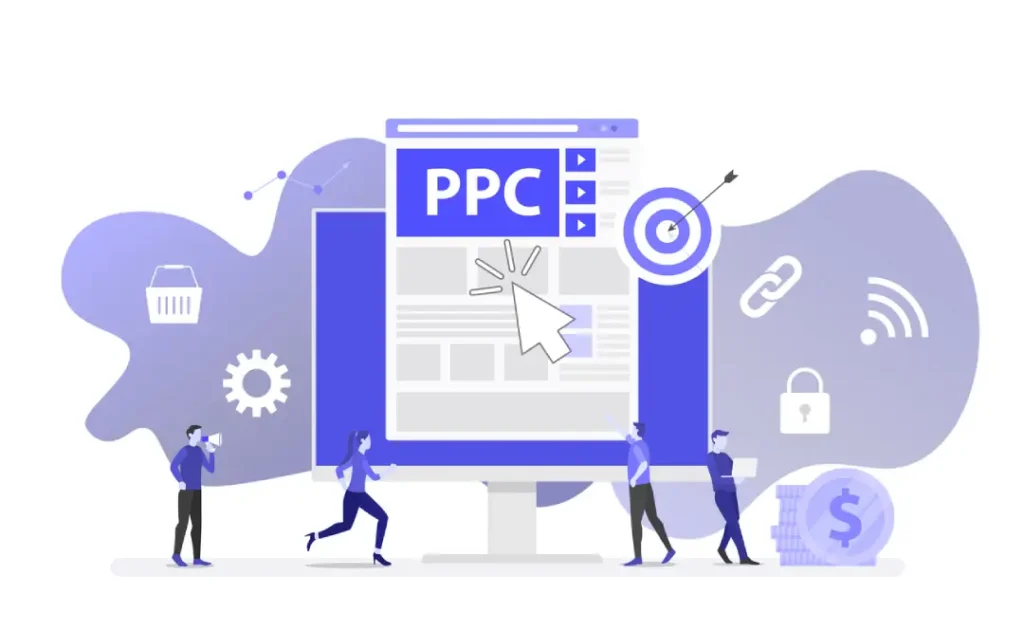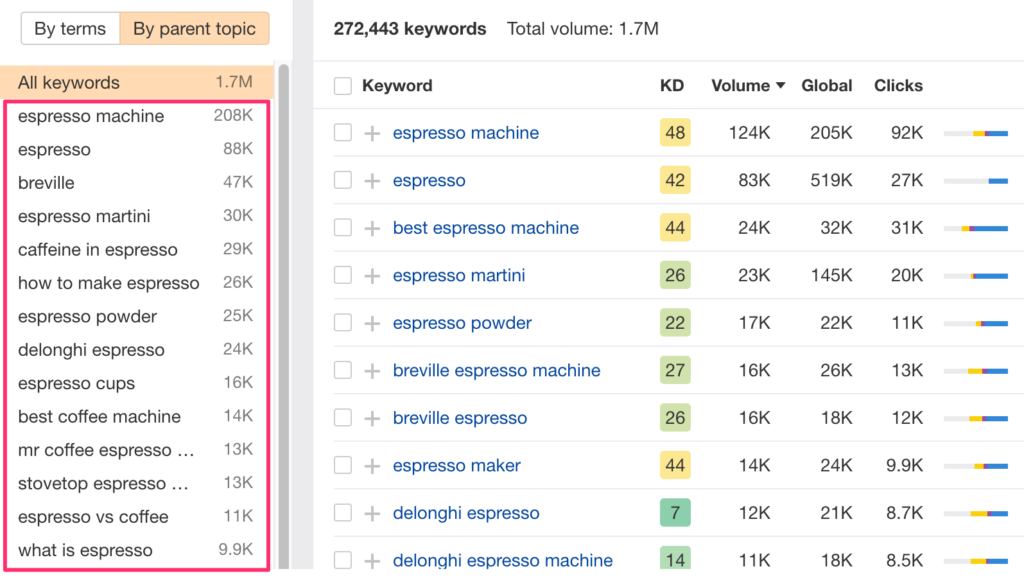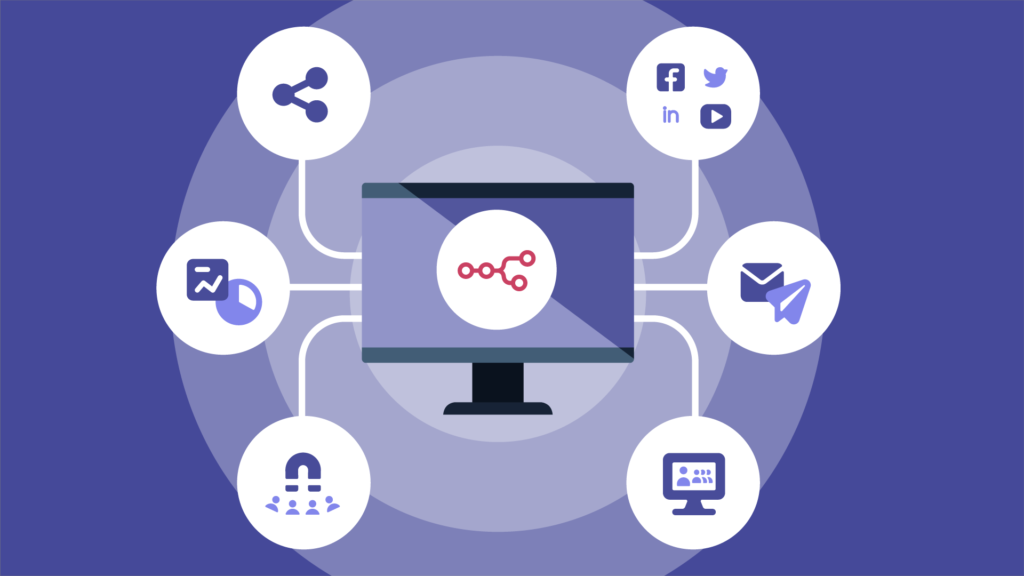How to Optimise PPC Campaigns: The Ultimate Guide
Today, we want to discuss pay-per-click advertising. We do not care if you are experienced or new in online marketing; what matters is that you optimise PPC campaigns for better results.
So, take a seat and let us start!
Table of Contents
Why Should You Optimise PPC Campaigns?

I understand what you might think; “I am already spending so much on Google Ads and other platforms. Isn’t that enough?”
Well, this, my friend, is like purchasing a luxury vehicle without changing its oil. Yes, it will run for some time, but later on, it will start coughing and moving slowly like an old rusty van.
In other words, giving your marketing machine good tuning is what optimising the PPC campaigns does. This guarantees that your advertisements perform their best by reaching out to the correct audience at the right moment when they need them most, thereby converting clicks into customers (and money!).
Now, let’s get down to business!
Establish Specific Goals and KPIs
Before delving into details, we must know what we are trying to achieve. What are your PPC campaign goals? Would you like to increase brand awareness, traffic to the website, or sales?
Once you have determined your goals, set Key Performance Indicators (KPIs) to help measure the campaign's success. Trust me; without these metrics, it’s like navigating through stormy online advertising weather with no compass.
Some standard PPC KPIs include:
- Click-through rate (CTR)
- Cost per click (CPC)
- Conversion rate
- Cost per acquisition (CPA)
- Return on ad spend (ROAS)
Keep these KPIs in mind, as they will guide you in optimising your campaigns.
The Fundamental Role of Keyword Research in Success

Keywords, keywords – every great PPC campaign's meat and potatoes. Without proper keywords, anyone cannot see your ads. You would scream into an abyss that couldn't respond even if it wanted to (poor neighbours).
Look beyond the surface.
Those obvious business-related keywords exist, but that is not all there is to them. Going beneath this level becomes necessary to ensure a helpful keyword strategy has been developed.
Start by researching long-tail keywords and phrases people type into search engines because they’re more specific than general short-tail ones; hence, they will likely have lower competition rates and higher conversions since they’re targeted.
Don’t rely only on gut feeling or Google's Keyword Planner alone – though helpful, too! Employ other tools such as SEMrush, Ahrefs or MOZ for keyword research to avoid missing out on any golden nuggets hiding from sight thanks to competing companies’ lack thereof.
Negative Keywords: The Silent Killers
While still on negative aspects, negative keywords should also be considered during any discussion revolving around these terms. These are words that, if used, could lead one to waste their ad spend on irrelevant searches.
For instance, when dealing with luxury designer handbags, using “cheap” or “knock-off” as positive keywords would not be wise since this will attract the wrong kind of buyers who may not belong in such an exclusive market segment.
Regularly reviewing your lists for negative keywords is an easy yet effective way to optimise campaigns while saving costs that could go down the drain otherwise.
Ad Copy That Makes Your Mouth Water
So yes – you have nailed down those keywords, but now comes the fun part! Creating an ad copy is so delicious that it makes jalapeños look like ice cubes from Pluto.
Be Different From Others
With tons of ads clamouring for attention, how can yours break through? Well, don’t worry. I won’t suggest writing everything in caps or using a million exclamation points (please don't).
Instead, focus on writing eye-catching headlines and body text that speak to what people care about while also considering precisely who these should be aimed at. This means using power words and emotional language where appropriate, plus throwing in some humour if suitable for brand personality – all designed to grab their eyes and keep them there till they click!
Test, Test Again & Test Some More
What’s the secret behind an irresistible advertisement? Trial runs, my friend! Never just set something up and then forget about it; always test different headlines against each other, various descriptions against others, and even CTA buttons until you find out which ones engage the audience best.
Employ A/B testing to put two variations in opposition and allow numbers to make choices for you. Eventually, trends will develop, enabling you to invest more in the succeeding advertisement.
Landing Page Optimisation: The Conversion Clincher

You have generated extraordinary ad copy that lures clicks like there’s no tomorrow. But then where are they landing? If you’ve created a mess of a landing page, all that work (and money spent on ads) will go to waste.
Maintain Message Match
There is nothing worse for conversions than when there is a complete disconnect between an ad and the landing page it leads to. When someone clicks on an ad promising “the world’s softest socks” only to land on a page selling sandpaper… well, let’s just say they will bounce faster than a super ball on a trampoline.
Keep your message tightly matched from advertisement copy through landing pages so visitors feel everything flows together naturally. This means using consistent imagery, language style, colours – anything that reinforces their sense of coming “to the right place.”
Optimise for Conversions
As much as we might want them to sometimes, our LPs can’t just sit there looking pretty – they need to WORK! Strip out any non-essential elements that could distract visitors from achieving your primary goal (making sales, capturing leads or driving other desirable actions).
Use persuasive writing methods within texts while placing forms strategically along with buy buttons at appropriate spots below the fold line, all aimed at guiding people towards conversion points, maximising conversion potentiality. And please don’t forget responsive design because if your pages aren’t mobile-friendly, this whole thing becomes pointless — you might as well leave cash lying around.
Bid Strategies: The Art of the Auction
In PPC advertising, each click is a small auction. As with any auction, you need a good bidding strategy to ensure you get the most value for your money.
Manual Bidding vs Automated Strategies
You have two options for bid strategies – manual or automated — offered by platforms like Google Ads.
Manual bidding gives total control over bids so they can be adjusted according to specific goals, budgets, and performance data. This requires hands-on work but could deliver better results when done right.
On the other hand, machine learning algorithms are used by automated systems to adjust your bids automatically depending on the goal chosen (e.g., maximise clicks, conversions or conversion value). Such strategies may save time, although one must monitor them closely lest their performances fall below expectations.
Quality Score: The Hidden Gem
Quality scores can be likened to the secret sauce that makes or breaks campaigns within the PPC advertising industry. This mysterious measurement, calculated by platforms like Google Ads, considers things like ad relevance, expected click-through rate and landing page experience, among others.
However, higher quality scores mean better ad positions and cheaper costs per click; it also gives an advantage during auctions. Thus, concentrate on developing highly targeted relevant campaigns with great ad copies and landing pages to increase your quality score (and improve profits, too).
Audience Targeting: Reaching the Right People

Even if your ads and landing pages are the best in all universes known to man, they will be worthless if they don’t reach their intended audience. This is why targeting an audience is so important.
More than just demographics
Naturally, it’s a good idea to target people based on basic demographic information such as age, gender, and location. However, if you want to hit the bullseye, you’ve got to go further into their psychographics – what makes them tick?
Use social media advertising or Google Ads to focus on specific interests, behaviours, life events or even in-market audiences (those actively researching / interested in what you offer).
Remarketing – The Second Chance
Let’s be honest here; not everybody converts on their first visit. That’s where remarketing comes into play–reaching out again with targeted content to individuals who have already engaged with your brand or visited specific pages on your website.
By setting up these campaigns, which follow people everywhere, they go online until they finally buy something from us–we keep ourselves at the front of their minds while nudging them closer towards making that crucial conversion happen!
Measurement and Optimisation: The Cycle of Improvement
You’ve created your campaigns, picked your targeting, and let them loose. But my friend, that’s not the end of it. PPC optimisation is a continuous process of measurement, analysis, and adjustment.
Love Your Inner Data Nerd
To optimise PPC campaigns for real, you have to get comfortable with performance data. Utilise platform analytics; look at a range of metrics, including click-through rates, conversion rates and cost per acquisition; try to identify patterns or areas for improvement.
And don’t just scratch the surface – segment your data by campaign, ad group, keyword, device type or location (to name a few). The more granular you can go, the easier it will be to see what’s working (and what isn’t) and make educated optimisations.
Testing is Everything
Remember when we talked about A/B testing your ad copy? That just scratched the surface of all the tests you should be running. Continually experiment with different aspects of your campaigns, such as ad creatives or landing pages, bidding strategies or audience targeting.
Put in place controlled tests; analyse results, then capitalise on successes identified through this process; rinse, repeat, my friends, until you’ve achieved PPC nirvana (or at least come close in this ever-changing online advertising environment).
Automation and AI: The Future is Now

The world of PPC advertising continues to change alongside technology. What is the biggest game changer waiting in the wings? Automation and artificial intelligence (AI).
Machines should do most of the work.
I can guess what you’re thinking, “But won’t AI just take over and make us all obsolete?” Fear not, my sceptical friend. Instead of replacing you completely, AI and automation are here to boost your efforts in PPC.
To automate bid strategies, ad copy suggestions and audience-targeting machine learning algorithms have been incorporated by platforms like Google Ads. These technologies will continue advancing until they become smart enough to optimise campaigns depending on real-time data and user behaviour.
Humans still necessary
However, this is not to say that AI and automation will take charge anytime soon. Human supervision, strategic thinking, and creative input will always be necessary.
While machines handle bid adjustments based on nitty-gritty audience targeting, for instance, as a PPC professional, you may be more concerned about setting overall strategy, defining goals & KPIs, analysing results, etcetera.
It’s a beautiful blend of machine intelligence with human ingenuity, which can guarantee success in future years if embraced.
Never stop learning
Last, let us discuss why continuous learning matters so much regarding PPC advertising, where everything changes overnight, sometimes within hours or even minutes! New features, platforms, and best practices are constantly being introduced now and then.
If one fails to keep up their knowledge base, they risk becoming irrelevant pretty fast – this industry moves at lightning speed! So, commit yourself to ongoing education by reading blogs, attending webinars, obtaining certifications, etc.
The more information you have under your belt, the better positioned you shall be to navigate through these shifting sands that define our world today while staying ahead competitively, too!
Conclusion
We have included everything from researching keywords and creating ad copies to bidding strategies, targeting audiences and the role of AI and automation.
However, you must be ready to put effort into sifting through data and testing, adjusting and improving your tactics continuously to optimise PPC campaigns properly.
Always remember that PPC advertising is a marathon, not a sprint; it requires time investment and lots of patience before seeing any positive results. Nevertheless, when those right buttons are pushed in place, there won’t be any turning back since such rewards could change games forever for businesses.
So don’t stop now! Keep learning new things about this fascinating field; try out different methods until something clicks — keep being curious because if not now, then when? The world changes rapidly daily, so never settle for less than what could be achieved.
FAQs
How frequently should my PPC campaigns be revised?
The answer is not universal, as it depends on specific aspects such as the industry you are in, how much money you have and the performance of your campaign. It is advisable to review them at least every week or two.
What’s the budget limit for PPC advertising?
This varies significantly with different goals in mind, fields involved, and levels of competition faced. Allocating about 5-10% of the marketing budget towards pay-per-click ads may be a good starting point, but be ready to make changes based on what works best for you.
Which bidding strategy should I use?
Your objectives for the campaign, financial plan and willingness to keep up with bids will determine this decision. Hands-off optimisation can be achieved through automated strategies like targeting cost per acquisition (CPA) or return on ad spend (ROAS) while still giving more control (but demanding more effort), which is possible through manual bidding.
How do I increase the Quality Score?
Ensure that there are highly relevant campaigns, each having a specific purpose indicated by an eye-catching copy displayed on optimised landing pages. Also, negative keywords should be included in all these considerations, and keyword relevance should be monitored while maintaining a healthy account structure.
What is the best way to measure the performance of my PPC campaign(s)?
Use Google Ads platform analytics combined with Microsoft Advertising analytics tools like web analytics (example: Google Analytics). Set up conversion tracking so data can be segmented and CTRs, CPAs and ROASs reviewed over time.
What’s considered successful when it comes to running Pay-Per-Click Campaigns?
Create benchmarks that can be regularly measured against your pre-determined goals and key performance indicators (KPIs). Look out for return on ad spend (ROAS) conversion rates to tell whether any meaningful results are realised from running those campaigns.
Should I advertise using different platforms concurrently?
Definitely! Even though many people go for Google Ads first, diversification of one’s effort across alternative places such as Microsoft Advertising, Facebook, and Instagram, among others, enables them to reach out more widely and get maximum outcomes from their advertising.
How do I make better PPC landing pages?
Ensure a smooth transition from an ad through a landing page by keeping the message and design consistent. Persuasive copy can be used with clear call-to-action buttons to achieve higher conversion rates. Still, it is also good practice to test various versions while monitoring performance closely at all times.
What is remarketing’s role in pay-per-click advertising?
It keeps warm leads engaged with your brand or site, thereby increasing the chances of making sales. This tactic nurtures potential customers, leading to improved overall conversion rates.
Why should mobile optimisation matter for my PPC campaigns?
It should be paramount because most users browse and purchase on mobile devices today. Therefore, ads, as well as landing pages, must be designed in such a way that they work seamlessly across different screen sizes, so you need to keep track of mobile performance metrics and then optimise accordingly.
Do I use pay-per-click advertising primarily for direct response or brand awareness purposes?
Both! PPC is effective as an awareness tool or when trying to drive immediate sign-ups/sales, depending on what you are looking forward to achieving. Just make sure campaigns align with messaging targeting specific goals.
How can I keep myself current about the latest trends & best practices related to Pay-Per-Click advertising?
Read blogs published by professionals in this industry, attend webinars organised around these topics, join online communities where similar minds interact, share ideas, and constantly take courses to acquire new skills while occasionally getting certified.
